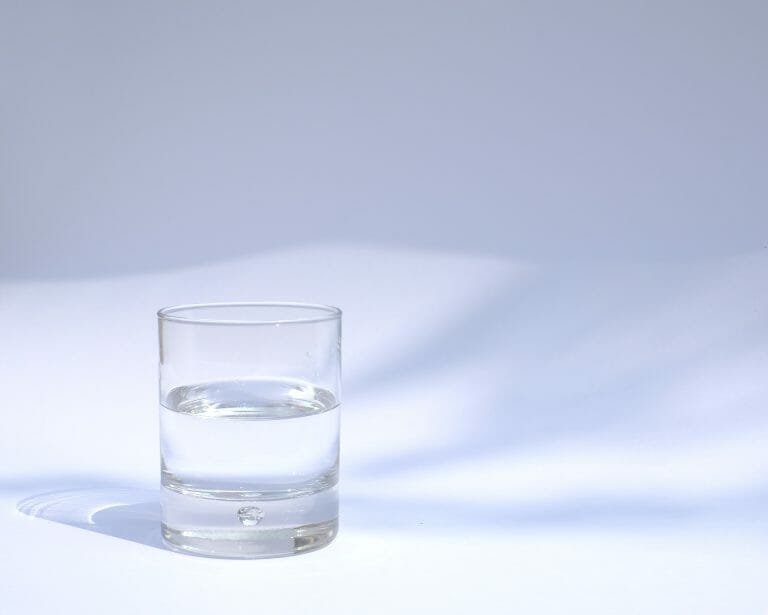
Regardless of the length of activity, fluid replacement during that activity is paramount. Dehydration has been reported as occurring prior to the sensation of thirst. This means that the body would already be partially dehydrated before you felt thirsty. Even a small level of dehydration will decrease strength, increase body temperature and increase the strain on the cardiovascular system.
It is recommended that the total fluid intake per day for men is 3.7L and women 2.7L. Sweat losses can increase these needs. Continuous sweating during prolonged exercise can create 1.8L of fluid loss per hour. This can be exacerbated in activity that takes place in hot environments – outside in the sun, in hot gymnasiums, or in sports where there is a lot of equipment worn during activity.
The most accurate measure of the need for fluid replacement is to weigh an athlete before activity and then afterwards. For each pound (0.45kg) lost, there has been a fluid loss of 0.5L. This would need to be replaced prior to the next exercise session. If it is not, it creates a chronically dehydrated athlete whose performance would suffer and be at increased risk of heat illness. While this is not necessarily feasible at each exercise session, it can be done over the course of a week or two to get a feel for how much fluid is lost with specific exercise sessions and set up a process to rehydrate an athlete on a daily basis.
During activity, athletes should drink fluid at regular intervals, every 15-30min. Larger volumes of water (1c) tend to empty from the stomach more rapidly and so chugging water can prevent stomach discomfort. Water is absorbed quickest, but sports drinks, and diluted juice can all serve as fluid replacement during activity. It is best to ensure the carbohydrate level (sugar level) does not exceed 8% and that the athlete is used to using it. During competition is not the time to try something new. The trial and error of what works best for each athlete and during each type of exercise session should be done during workouts.
Disclaimer: The information provided in this blog post is for general informational purposes only and is not intended to constitute or substitute for medical advice. The content has been compiled based on research from credible sources, but it does not constitute personalized medical advice. Each individual’s health condition is unique, and it is essential to consult a qualified healthcare professional or a medical specialist for specific medical advice and treatment.
Always seek the advice of a qualified healthcare provider with any questions or concerns you may have regarding your health or a medical condition. Do not disregard professional medical advice or delay seeking it based on information presented in this blog post. The author disclaims any liability for any adverse effects resulting from the use or application of the information provided herein.
